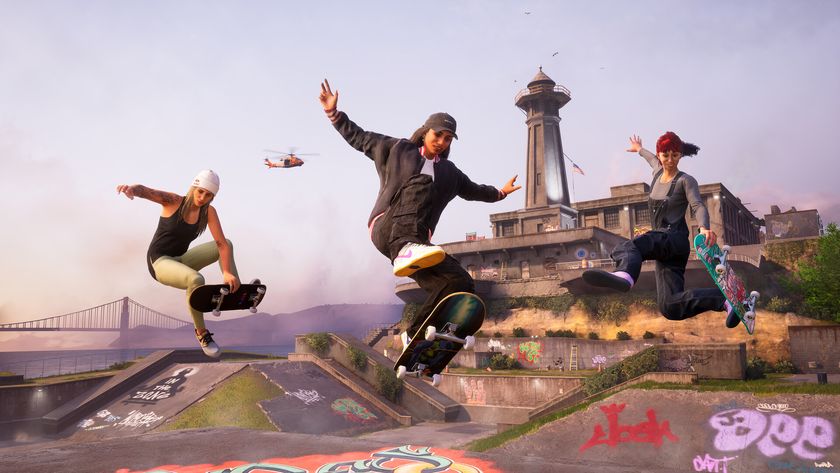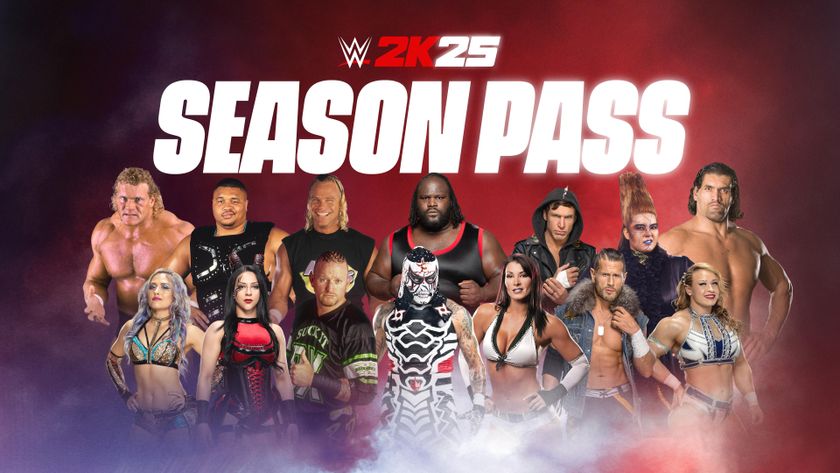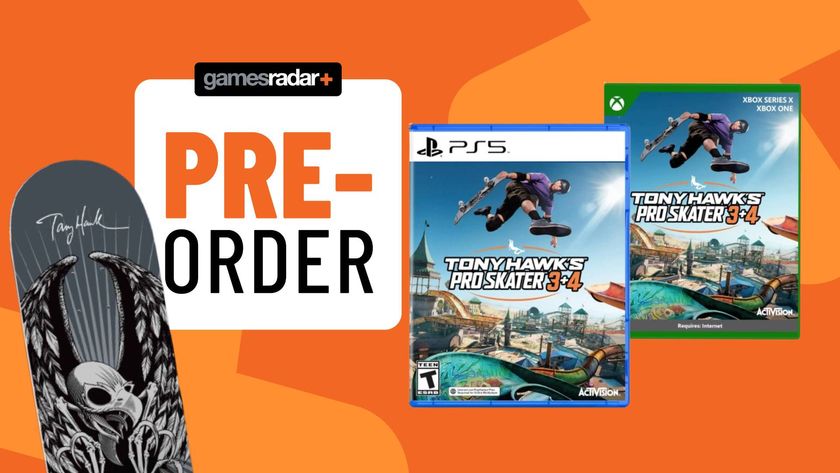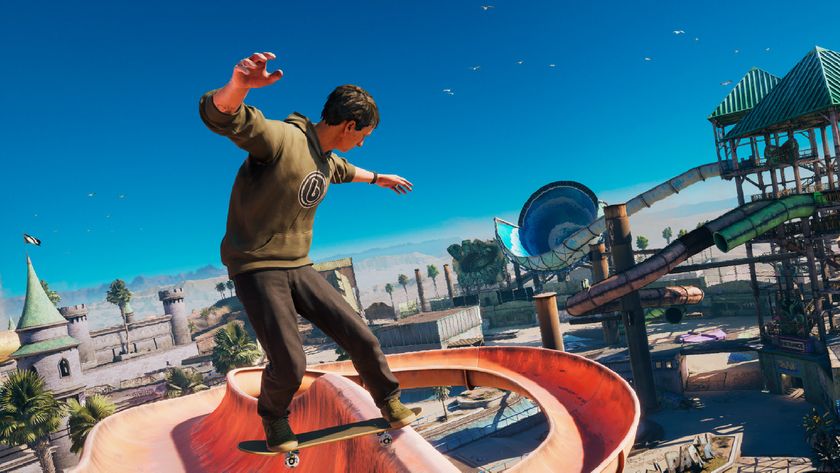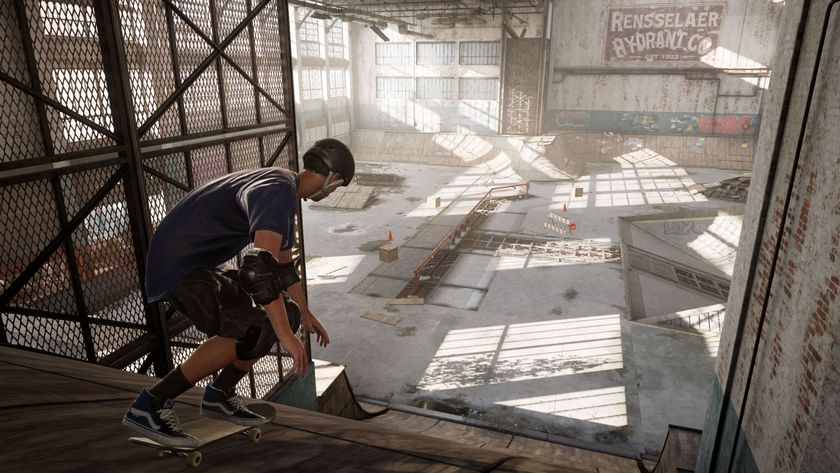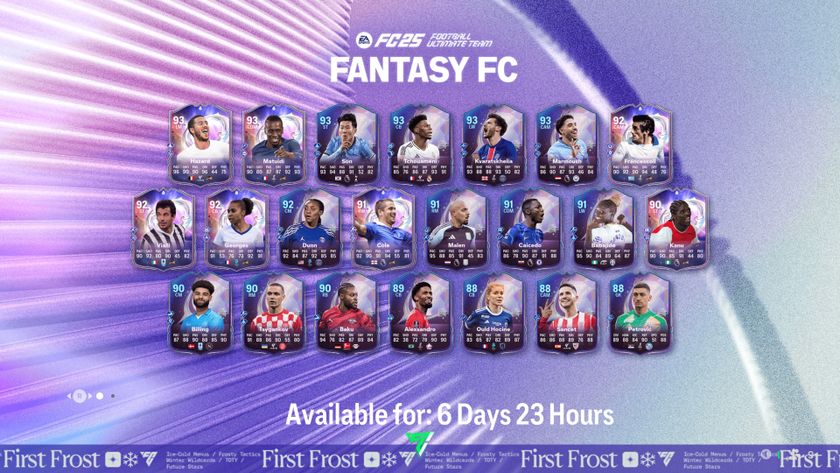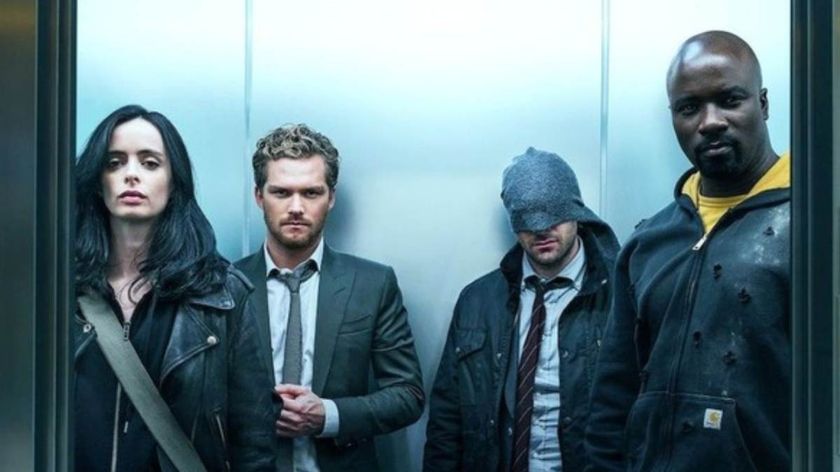Box Score: When Fight Night met a tennis racquet, Grand Slam was born
Two games with nothing in common – or so you’d think – are actually virtual siblings

Box Score is a weekly column that offers a look at sports games and the athletic side of the industry from the perspective of veteran reviewer and sports fan Richard Grisham.
It hit me the instant I played. As soon as I started swinging my virtual tennis racquet with my controller’s right stick, my thoughts immediately went to how EA Sports had re-invented sports controls in hockey and boxing a few years back. It seemed like a logical step to apply the same idea in a tennis game; even so, it was shocking to learn that the basic systems that powered Fight Night’s innovative controls also spawned those of Grand Slam Tennis 2.
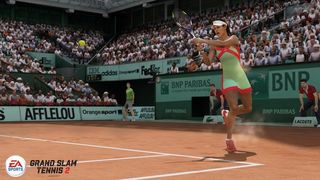
“Under the hood, the systems that are really running the [Grand Slam Tennis 2] machine come from Fight Night,” says Thomas Singleton, the producer of the game.
Wait, what?
When Singleton, a veteran of many EA Sports franchises, was named producer of the debut Grand Slam on current-gen consoles, he knew he wanted to advance the genre forward. By taking a look at where tennis games were control-wise – namely, button-driven for shot selection and velocity – then glancing at some of the most successful titles the company had reworked, the answer was obvious to him.
“Much like we did in our NHL franchise, in our fighting franchise, and in Skate,” he says, “we took a genre that has existed for some time and made a conscious decision to really change the way the game is played. We looked at the analog sticks as an opportunity to simplify things and make it much more intuitive than it has been in the past – but in a meaningful way.”
After all, simply adding new controls for an old-fashioned “back of the box” bullet point would quickly draw the ire of fans if they weren’t convinced there was the potential for a better experience.
Sign up to the 12DOVE Newsletter
Weekly digests, tales from the communities you love, and more
“Separating the left analog stick as your movement and turning the right analog stick essentially into your racket was really our goal, but not making it complex,” explains Mr. Singleton. “Not making it so the right analog movements were replacing a button sequence – like a traditional fighting game – but making it simple to the core, intuitive and responsive.”
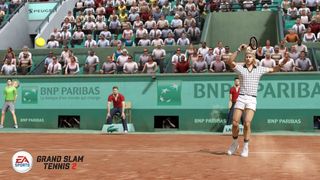
Saying it and doing it, though, are two different things.
“There were several prototypes along the way,” Mr. Singleton continues. “Some of them hit the floor, a lot of them stayed in the product.”
Once development began in earnest, Singleton and his team had to start with the underlying Fight Night stick-based controls, then tweak, adjust, and experiment with them to achieve three goals that would make the right stick act like a tennis racket would in the hands of the best players of today and the past.
“Aiming and responsiveness was No. 1,” Singleton states. “After all, Tennis is a 3D version of Pong, and it doesn’t get any simpler. That’s the first video game made of all time – you’re trying to aim the ball past your opponent. [It’s all about] getting that aiming down and feeling responsive and feeling intuitive.”
Of course, big-time tennis is incredibly nuanced. While it may seem that Rafael Nadal and Roger Federer simply overpower their opponents, aficionados know that there are dozens of shot types that need to be executed in order to make your way to the top. This fact was not lost on Singleton and his team.
“Next, we layered in the ability to control various shot types from flat to topspin to slice as the various layers of depth within the onion of our controls,” he says. “Then the final piece: more difficult advanced shots like lobs and drop shots, which we decided to use a modifier system for.”
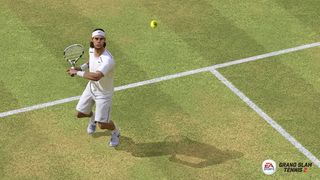
While a “classic” button control does exist – eschewing one altogether would be suicidal – Singleton and company sought to make Total Racquet Control stand out. “The one thing the traditional button control does for me when I play is there’s this constant battle between two sides of the brain,” he describes. “One being my player movement in my left hand, the other being my shot selection on my right hand - then having to transition my left hand from player movement into ball aiming. In my opinion it’s not the ideal solution. I think Total Racquet Control, by completely segregating the two halves – movement on the left and aiming and shot type on the right - you’re allowing the two halves of your brain and your two hands to work together.”
The results are impressive and intricate – and, to someone like me, a welcome challenge. My first few matches were a learning experience; I had little difficulty serving and volleying as Rafael Nadal and Novak Djokovic, but struggled to hit winners with any consistency. I have my work cut out for me, but that’s just the way Singleton planned it.
“It was no accident you’re feeling what you’re feeling,” he laughed. “Over time and investment with the training – just like in the real sport of tennis – as you start to understand exactly what level of softness you should be performing your drop shots or how and when you should be performing your slices and topspins, it’ll really advance you in the game.”
So thanks to Fight Night’s inner control systems, Singleton’s vision became reality. The world will render its verdict soon.
For more, be sure to check out this week's episode of Box Score: The Podcast!
Richard Grisham has been obsessed with sports and video games since childhood, when he'd routinely create and track MicroLeague Baseball seasons on paper. He currently lives in New Jersey with his wife and four-year old son, who he'll soon be training to be an NFL placekicker. As a freelance journalist and writer, his work has appeared in GamesRadar, NGamer, and 1UP.
